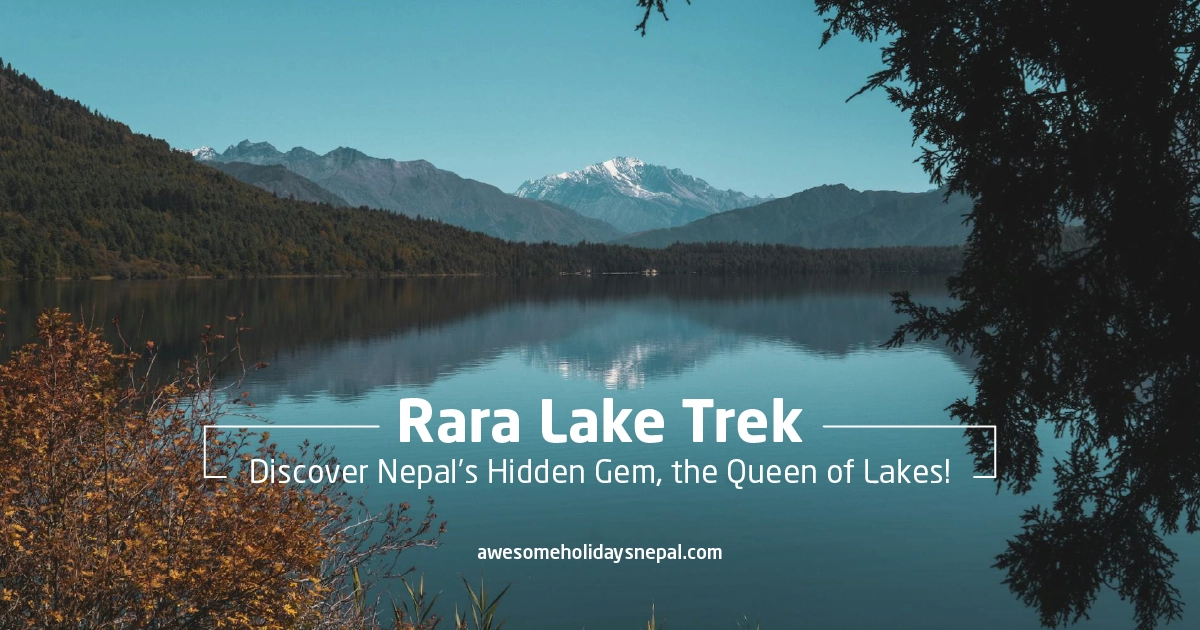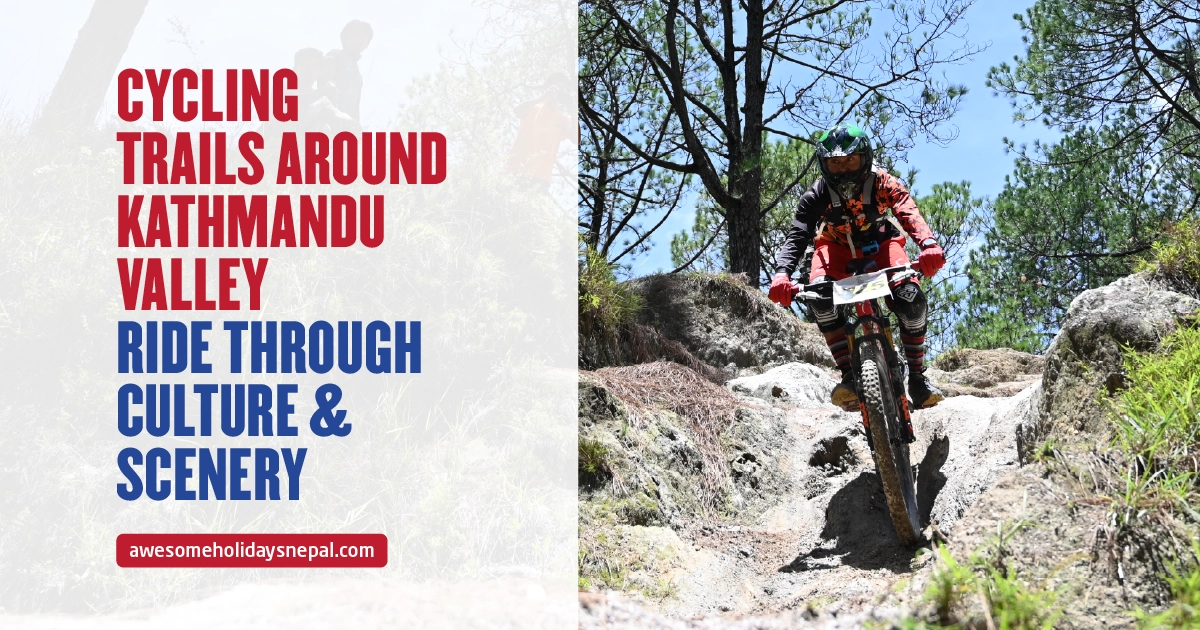Island Peak Climbing: Things to Remember
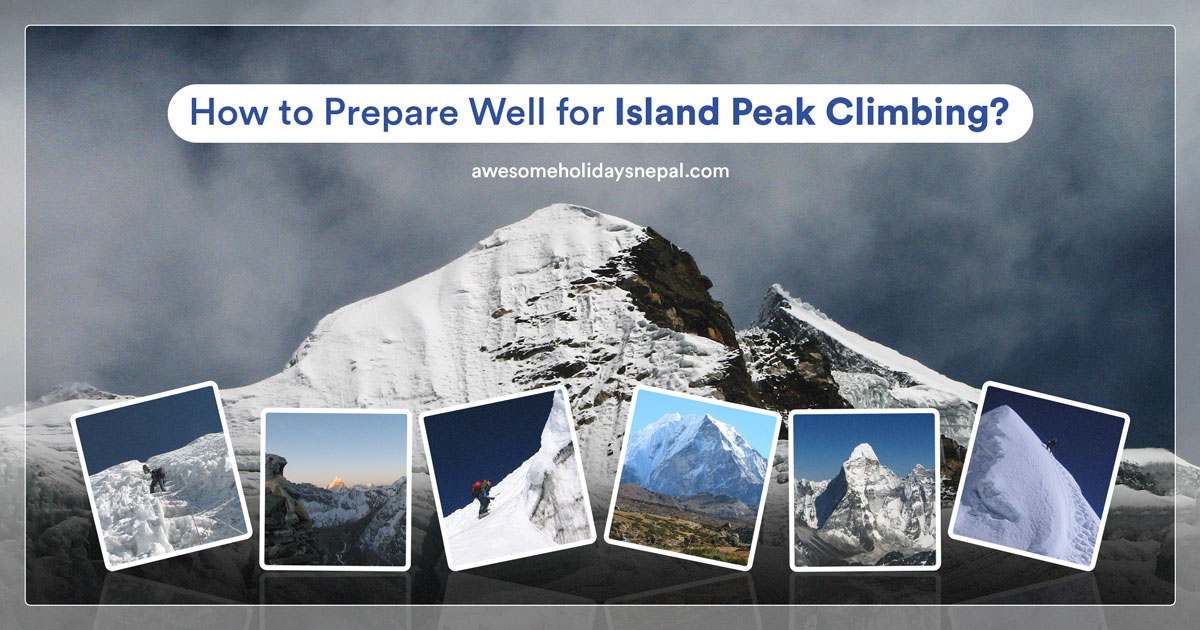
Island Peak Climbing is definitely one of the best experiences for any adventure enthusiast. Whether you are preparing your body for the summit of any tall peaks or want to experience trekking in the Himalayas, Island Peak is the one!
Since the peak looked like an island in the sea while viewing it from Dingboche, it was called Imja Ise in the Sherpa language. Later, a British expedition named it Island Peak in 1983, which is also the literal transition of its appearance.
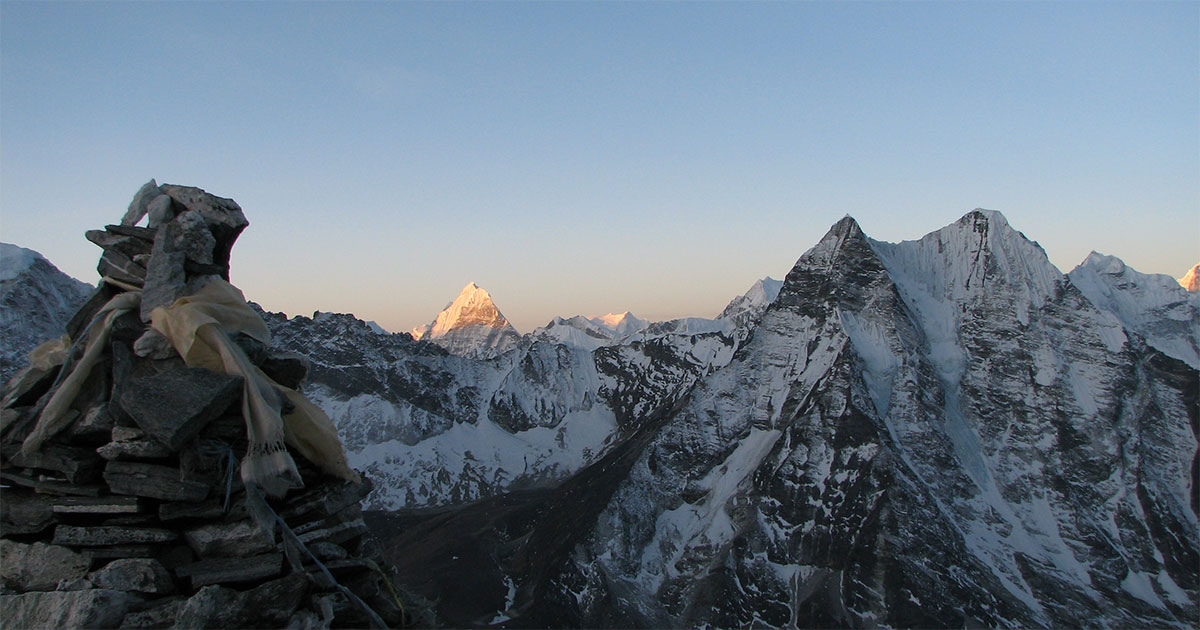
Different expedites climb the Island peak of Everest region for multiple reasons. And the top reason is the sight of multiple eight-thousanders that you can catch from its summit. You can catch captivating views of Mount Everest, Kanchenjunga, Lhotse, Makalu, Cho Oyu, Manaslu, Dhaulagiri, Annapurna I, and Shishapangma.
But before you begin, you need to learn a few things about Island Peak climbing. Let’s dig in!
Choose the Favorable Weather
No expedition can be a success if you do not know when the best time to ascent is. Typically, there are two best seasons for attempting to climb any peak of the Himalayas, even though it’s possible to climb around the year.
Usually, spring (march to early June) and autumn (September to November) are the best seasons for climbing the Island Peak. Many experienced summiteers also climb during winter, but it isn’t recommended, especially for novice climbers.
Be Mentally Prepared
Your body can be fit and healthy, but your summit cannot succeed if you aren’t mentally prepared to climb any peak.
One often has to trek continuously for 7 to 8 hours a day before reaching the base camp, and this can often be very tiring for even polished climbers.
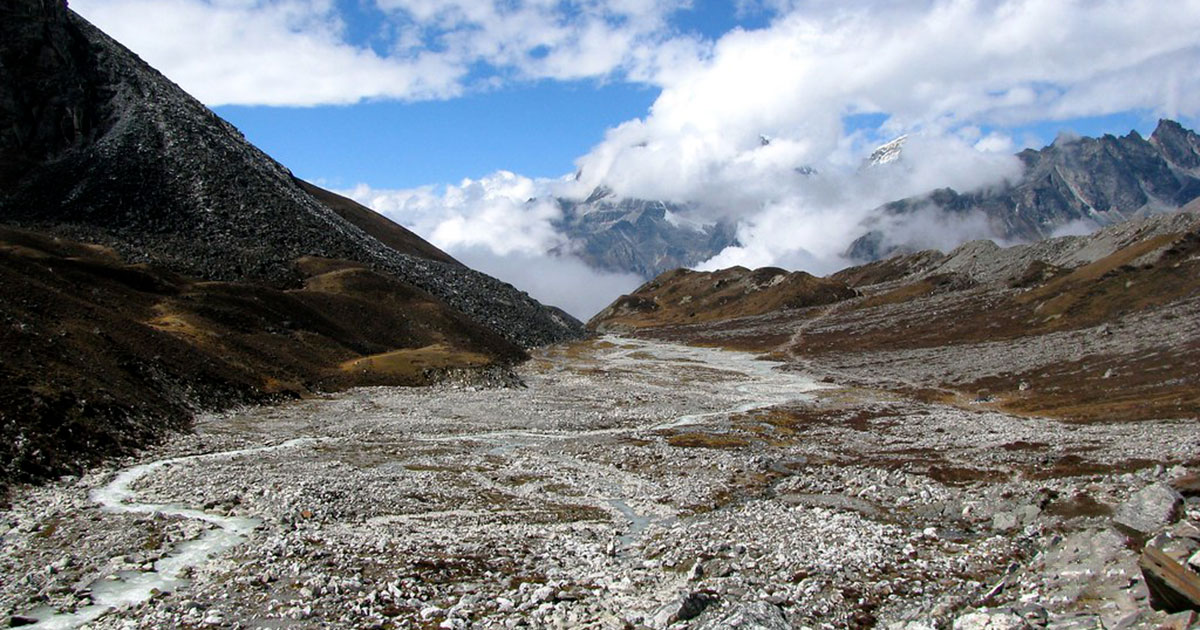
Thus, you must have the courage to continue even after your body completely tears off on the trek. If it gets too tiring, you can plan a few rest days on your itinerary but don’t lose your mind makeup.
Learn Climbing Techniques
Whether you are climbing Everest or Island Peak, both at an elevation of 6000 meters, you need to learn the appropriate techniques to ace the climb.
The Island Peak is graded 2B in difficulty level and isn’t too difficult to climb. Anyone new to summiting can attempt it and be successful; however, there’s a catch. Despite being an easy peak, it requires learning a few technical skills.
Being a high-altitude mountain covered with snow, it is evident that climbing Island Peak is a little challenging and not without danger. You will come across the icy edges and some technical skills for which you need to get proper training.
Sort the Equipment List
How can you climb a mountain without the right gadgets to dig through the snow and find your trail? Yes, this is why you will need to be equipped right for any trek or climb.
You should pack warmer clothes, trekking gear, all your necessary medications, and your travel documents for the trek. You also need all the equipment, from an ice axe to ropes to proper attire, for Island Peak climbing.
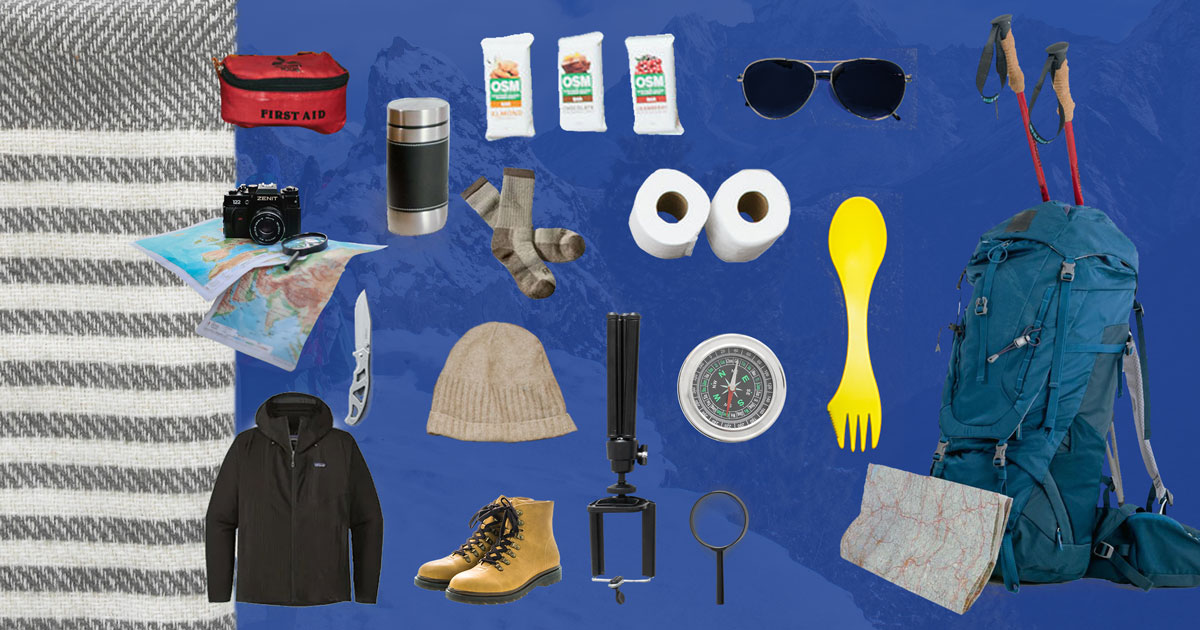
Additionally, you should pack protein bars, dry nuts, and fruits for snacking on the trek, along with a refillable water bottle. Even though the company will provide you with packaged water bottles along the journey, it is convenient to carry your own.
Here’s the list of your equipment for climbing the peak:
- Mountaineering Boots
- Climbing Harness
- Carabiners
- Ice Axe
- Helmet
- First-Aid Kit
- Insulated Clothes & Base Layering
- Waterproof Shell Jacket & Pants
- Glacier Glasses
- Headlamps
- Sun protection
- Personal Care Items and more.
Get Your Climbing Permits
To climb any peaks in Nepal, you must get climbing permits from the Nepal Mountaineering Association (NMA) from a registered trekking agency like Awesome Holidays Nepal.
The same applies to Island Peak Climbing, which requires three essential permits. Before beginning the trek, you will need the Island Peak Climbing permit from NMA.
In addition, you will also require the Sagarmatha National Park permit as you will be trekking through it to reach the base camp. Similarly, you will need a Khumbu Pasang Lhamu Municipality Entry permit to pass through the villages of the Khumbu region.
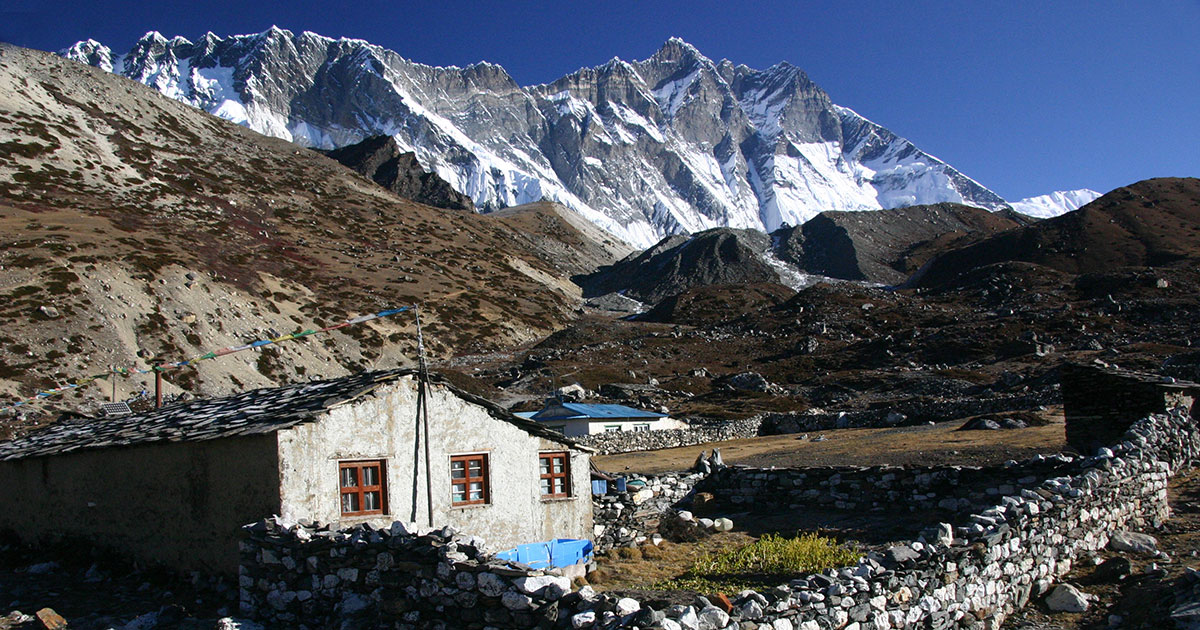
These passes can be obtained easily from the Lukla or Monjo check post if you are already in Lukla.
Book with the Best Company
Lastly, booking your peak climbing with the best company is the most crucial decision you can make to ensure a successful summit. Reach out to Awesome Holidays Nepal, which has the best services, experienced guides, and a team of the most hospitable people.
Hire a Qualified Guide
After the new rule, climbing the peaks in Nepal without a guide is no longer permitted. Any summiteer must have at least one trained and licensed trek guide to attempt climbing any peak of the Himalayan region.
A guide doesn’t just assist you in the climb but also helps you with any unforeseeable difficulty. The guides are also trained with all the necessary techniques to handle difficult situations in the ascent.
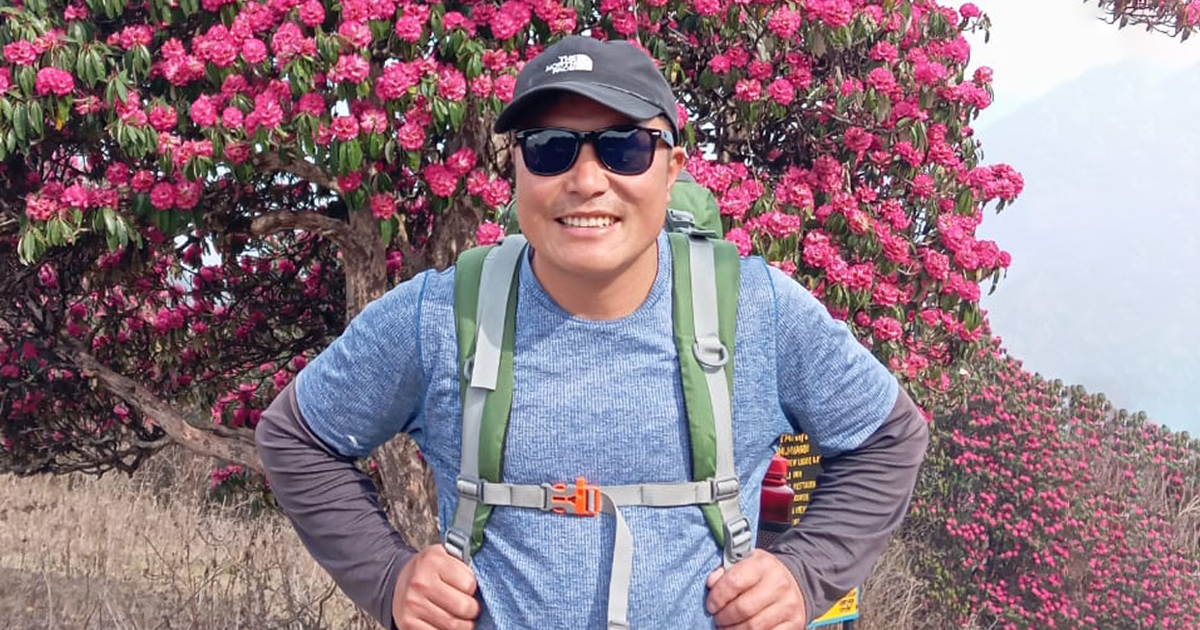
Awesome Holidays Nepal has some of the best trekking and porter guides who have been in the business for decades. Book your trek with us for the safest journey to the Island peak.
Buy a Climbing Insurance
Whether it’s Island Peak or Mount Everest, no climb is free of risks. Since the shifting weather and the chance of avalanches are always possible in such high altitudes, buying insurance is vital.
It also helps you rescue during critical times and covers all extra expenses caused by delays in your usual itineraries due to weather or calamities.
You must buy good climbing insurance since you will climb above 6000 meters on your Island peak journey.
Acclimatize to the Weather
Preparing the body physically helps climb the island’s peak, but it’s not enough! Since our bodies take time to adapt to a changed atmosphere, we need to allow our bodies an appropriate time to adjust.
Hence, it is necessary to acclimate to the Everest region’s rapidly changing weather and take things slow, even for a physically fit person. While planning your itinerary for the climb, allow a few days for acclimatization at different altitudes.

Remember to stay a day at the base camp to better adapt to the chilling weather. If you feel any discomfort, contact your guide and descend to a lower elevation immediately.
Check out our blog on altitude sickness and how to tackle it to prepare better.
Get Your Success Over Island Peak
Despite being a little technical climb, this journey to Island Peak is easily attainable even though you do not have prior experience of mountain expeditions. You will undoubtedly conquer Island Peak if you obtain all necessary permits, training, and equipment for the summit.
Remember to enjoy the cultural heritages, local lifestyle, and amazing Sherpa cuisines on your way. And buy dome souvenirs from the Namche Bazaar as a memoir of the most magical experience.
Witness the Himalayan Magic!
FAQs
Expand AllHow difficult is climbing the Island Peak?
Island Peak is moderately difficult to climb and is graded a 2B in difficulty. You will require a good level of fitness and basic mountaineering skills to use ice axes and crampons to climb this peak. Even though it isn’t a difficult peak to climb, you need to have some technical skills.
How long does it take to climb the Island Peak?
With a standard package, it takes 13 days to climb the Island Peak and return to Kathmandu. The time taken to ascend the peak depends on how you customize your itinerary, rest days, and acclimatization days for the expedition.
Is Island Peak dangerous?
Being a high-altitude mountain covered with snow, it is obvious that climbing Island Peak is a little challenging and not without danger. However, the less technical slops and easy uphill make it a comparatively less dangerous peak to climb.
Can you climb Island Peak without a guide?
No, you cannot climb the Island peak without a guide even though you are a polished and experienced expedite.
What is the success rate of the Island Peak?
Since the peak is just 6000 meters high, has well-established routes, and is a relatively less technical summit, the success rate of the Island Peak is above 80%. If you choose the right trekking company with an experienced guide, climbing Island Peak will be a piece of cake.
What permits are required?
To enter the Everest region, you will need the Sagarmatha National Park Entry Permit and the Khumbu Pasang Lhamu Municipality Entry Permit. These passes can be obtained easily from the Tourism Board of Nepal or the Lukla or Monjo check post if you are already in Lukla.
You will also require the Island Climbing Permit issued by the Nepal Mountaineering Association (NMA) to climb the peak.
Do I need travel insurance for climbing Island Peak?
Yes, you would need travel insurance to climb the Island peak. As the peak has an altitude of over 5000 meters, there is always a risk of natural disasters like glacial flooding, avalanches, and landslides.
Related blog posts
Discover a choice of tourist destinations loved by most of our visitors. Whether you're on a jungle safari to spot rare animals or walking through a world heritage site, these well-planned itineraries cover the major highlights of Nepal.


